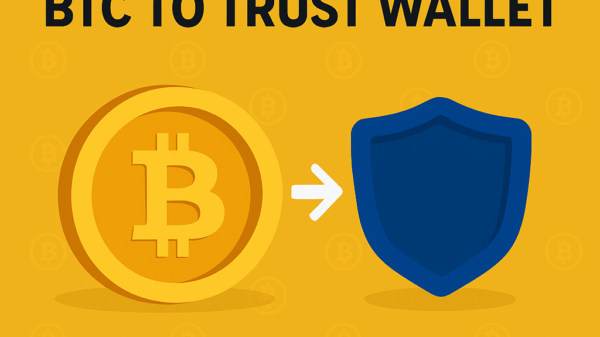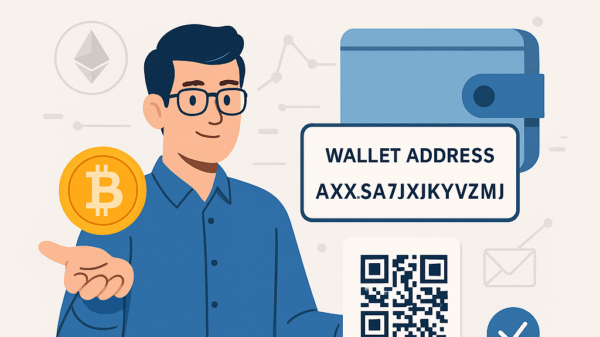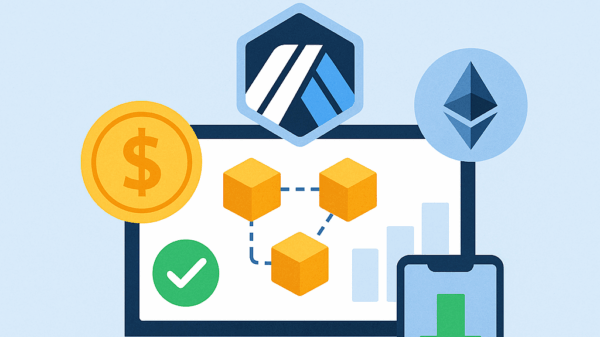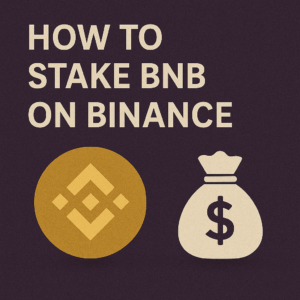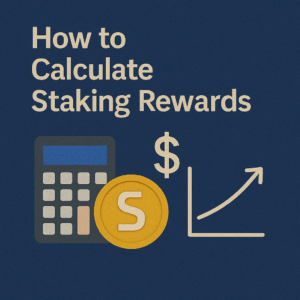How to Stake DOT on Polkadot
By Jason Miller – Crypto Writer 10.expert 🧠 Covering Bitcoin, altcoins, blockchain & Web3.
As a crypto writer and analyst based in the U.S., I’m deeply fascinated by the innovations in blockchain technology, and Polkadot (DOT) stands out with its ambitious vision for a multi-chain future. A core component of Polkadot’s security and functionality is its unique Nominated Proof-of-Stake (NPoS) consensus mechanism, which allows DOT holders to earn passive income through staking.
Staking DOT not only provides rewards but also actively contributes to the stability and decentralization of the Polkadot network. For many, navigating the intricacies of staking can seem daunting, but with the right approach, it’s a rewarding experience. Let’s explore how you can stake your DOT.
How to Stake DOT on Polkadot: Powering the Interoperable Future 🌐✨
Staking on Polkadot is a bit different from other PoS chains, primarily due to its NPoS model. This design is optimized for maximum security and a fair distribution of rewards among a large number of nominators.
Understanding Polkadot’s Nominated Proof-of-Stake (NPoS) 🤝
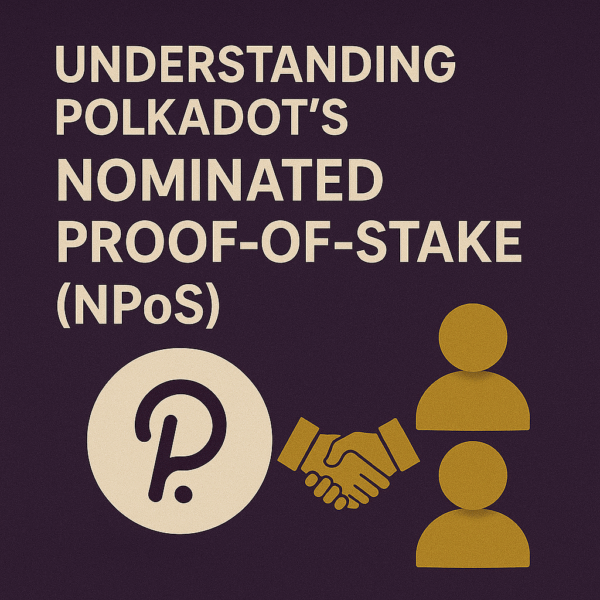
Polkadot uses NPoS to select a set of validators that are responsible for securing the Relay Chain. As a nominator, you bond your DOT tokens and “nominate” validators you trust. This delegation of stake helps elect the active validator set, and in return for your participation, you share in the rewards earned by your chosen validators.
Why Stake DOT? Benefits Beyond Just Rewards 💰
Beyond earning passive income, staking DOT offers several benefits:
* Network Security: You contribute directly to the security and stability of the Polkadot network.
* Decentralization: By choosing good validators, you help ensure a more decentralized and robust network.
* Inflation Hedge: Staking helps you offset the network’s inflation, preventing your holdings from being diluted.
* Governance Participation: Staked DOT tokens typically retain their governance voting power, allowing you to participate in Polkadot’s future.
Minimum Staking Requirements: A Dynamic Landscape 🚨
The minimum amount of DOT required to nominate and earn rewards is dynamic and fluctuates based on network conditions (specifically, the total amount of DOT being staked). While the minimum to bond DOT can be low, the minimum to actually receive rewards can be significantly higher (e.g., often over 250-300 DOT). If you have less than this, consider Nomination Pools (see below).
Choosing Your Wallet: Your Gateway to Staking 🔐
To stake DOT, you’ll need a compatible wallet. Popular options include:
* Polkadot.js.org UI: A web-based interface for advanced users.
* Polkadot Staking Dashboard: A more user-friendly web interface for staking.
* Hardware Wallets (Ledger, Trezor): For maximum security, integrate your hardware wallet with the Polkadot.js.org UI or the Staking Dashboard.
* Mobile Wallets (Nova Wallet, Talisman, SubWallet): Many mobile wallets offer built-in staking features.
* Centralized Exchanges (CEXs): Exchanges like Kraken or Coinbase offer custodial staking, which is simpler but means you don’t control your keys.
The Staking Dashboard: Recommended for Most Users 👍
For most users, the Polkadot Staking Dashboard (staking.polkadot.network) is the recommended starting point. It provides a more intuitive interface than the Polkadot.js.org UI.
Bonding Your DOT: Locking Up Your Tokens 🔒
Once your wallet is connected, you’ll need to “bond” your DOT. This means locking them up for staking. You’ll specify the amount you want to bond and choose a “reward destination” (where your earned DOT will go – either auto-compounded into your staked balance or sent to a separate address).
Selecting Validators: A Critical Decision for Rewards & Security 🎯
This is perhaps the most crucial step. You can nominate up to 16 validators. Factors to consider when choosing validators:
* Commission Rate: The percentage the validator takes from the rewards. Lower is generally better for your net yield.
* Uptime and Performance: Choose validators with a strong track record of consistent block production and low slashing events. Use tools like Polkastats.io or Subscan to research.
* Oversubscription: Be aware of “oversubscribed” validators. If a validator has too many nominations, only the top nominators (by stake amount) might receive rewards. It’s often better to choose a reliable validator that isn’t oversubscribed.
* Decentralization: Support network decentralization by selecting validators that are not among the largest or most popular.
* Identity & Reputation: Look for validators with established identities and a good reputation in the community.
Nomination Pools: Staking with Less DOT 🏊♀️
If you don’t meet the dynamic minimum required for direct nomination, Nomination Pools are an excellent alternative. These allow users to combine their DOT with others to reach the minimum threshold, sharing rewards proportionally. This is a great way for smaller holders to participate.
Understanding the “Active Set” and Reward Distribution 🏆
Only validators in the “active set” (currently 299 on Polkadot) produce blocks and earn rewards. Your nominated validators must be in this active set and not be oversubscribed for you to earn rewards. Rewards are distributed at the end of each era (approximately every 24 hours).
Claiming Your Rewards: Manual or Auto-Compounding 🔄
You can set your reward destination to either:
* Stash (bonded, increasing amount at stake): This automatically compounds your rewards, re-staking them to earn more. This is generally recommended for long-term holders.
* Stash (transferable, increasing amount at stake): Rewards go to your bonded stake but remain transferable.
* Stash (transferable): Rewards go directly to your transferable balance.
* Controller (transferable): Rewards go to a separate controller account (less common now).
* Any other account: Rewards go to an address of your choosing.
Remember to claim rewards regularly, as they can expire after 84 eras (around 84 days) if not claimed.
The Unbonding Period: A Crucial Consideration ⏰
When you decide to unstake your DOT, there’s an “unbonding period” of 28 days on Polkadot. During this time, your tokens are unbonded but not yet transferable. You will not earn staking rewards during the unbonding period, and you cannot access your funds until it’s complete.
Slashing Risks: Choose Wisely ⚡
Validators can be “slashed” (penalized with a portion of their staked DOT burned) if they act maliciously or have prolonged downtime. As a nominator, if your chosen validator is slashed, a small portion of your delegated stake can also be slashed. This emphasizes the importance of choosing reliable validators.
Price Volatility: An Inherent Crypto Risk 📉
While staking earns you more DOT tokens, the fiat value of your holdings is still subject to market fluctuations. If the price of DOT decreases, your overall investment value might decline, even with staking rewards.
Monitoring Your Stake and Validator Performance 👀
Regularly check the Polkadot Staking Dashboard or a block explorer (like Subscan.io) to monitor your staking rewards and the performance of your nominated validators. Adjust your nominations if a validator’s performance drops or their commission changes.
Staying Secure: Official Sources & Best Practices 🔒
Always use official Polkadot resources and secure your wallet’s seed phrase. Be wary of phishing scams or unofficial staking platforms. For larger amounts, consider using a hardware wallet for an added layer of security.
Staking DOT on Polkadot is a powerful way to earn passive income while actively participating in one of the most innovative blockchain ecosystems. By understanding the NPoS model and making informed decisions about your validators, you can maximize your rewards and contribute to the network’s long-term success.

